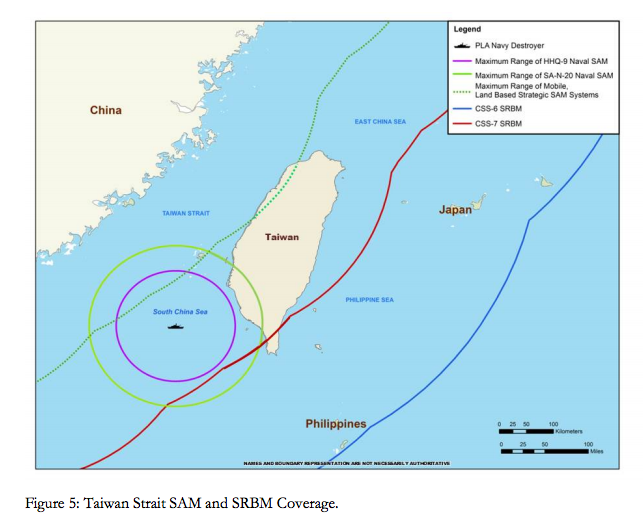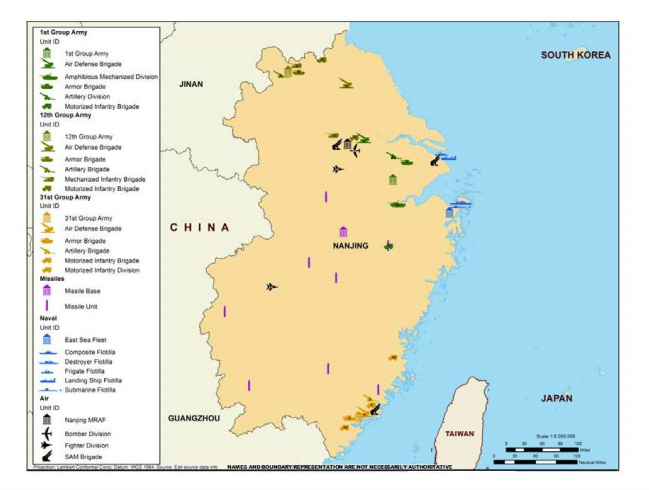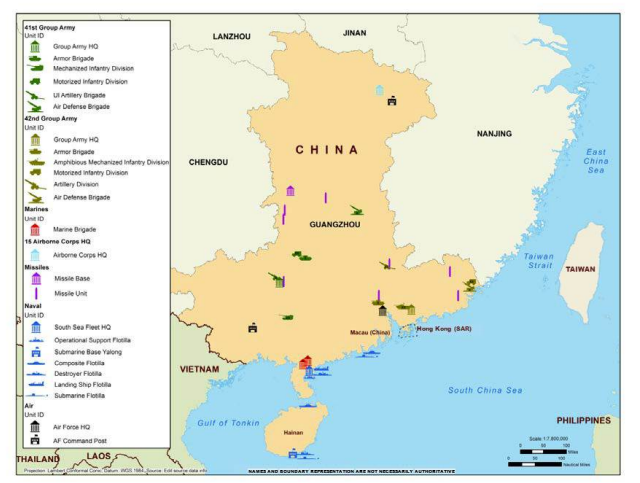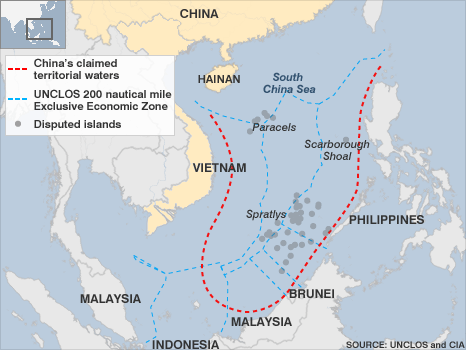Canadian nuclear technology was critical to India for helping them develop their first nuclear weapons (although the Canadian reactor was supposed to be used only for civilian purposes):
Maybe you have heard the story of how India got the Bomb with Canada’s inadvertent help. We sold India a nuclear reactor called CIRUS in 1954 on an explicit promise that the facility would only be used for peaceful purposes. When India astonished the world with its first nuke test in May 1974, having upgraded the fuel output from CIRUS, it duly announced that it had successfully created a Peaceful Nuclear Explosive. The permanent consequence was, for better or worse, a nuclear-armed Subcontinent.
This is old news to enthusiasts of Cold War history. Here’s the new news: it almost happened twice. Canadian technology was almost used by another country to break into the nuclear club.
In November, historians David Albright and Andrea Stricker published a new book called Taiwan’s Former Nuclear Weapons Program: Nuclear Weapons On-Demand. The book pulls together the previously sketchy story of Nationalist China’s covert nuclear research, which had its roots in the postwar exodus of Chiang Kai-shek and the Kuomintang party (KMT). Albright and Stricker describe decades of effort by the offshore Republic of China on Taiwan to play a double game with nuclear weapons.
At first Taiwan engaged in sneaky nuclear research — it turns out that if you research nuclear safety you learn a lot about nuclear explosions — and it tried to create a plutonium stockpile on the sly. But their scientists left too many clues: a plutonium-based nuke requires processed plutonium metal, and that is hard to make without raising suspicions. The Indian test of 1974 was an important wake-up call to the world, and the nonproliferation establishment and the U.S. Department of State started to get nervous about Taiwan.
After a 1977 confrontation with American officials, who could hardly be ignored by the vulnerable Republic of China, the KMT deep state tried subtler methods to create the “on-demand” weapon described in the title. Taiwan committed formally to nonproliferation and full U.S. inspections of their facilities, but sought to be able to make low-yield nukes within three to six months in the event of a Communist invasion from the mainland.







